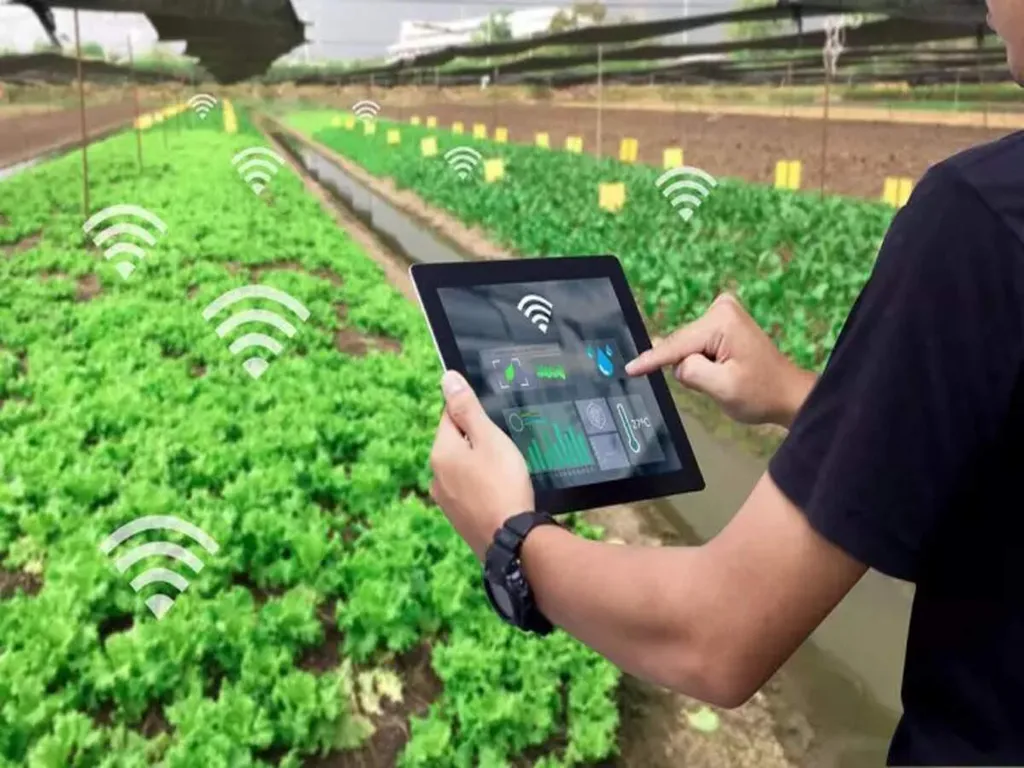In the heart of Tamil Nadu, a quiet revolution is brewing, one that promises to reshape the way we grow our food and secure our future. Dr. Mimansha Raj, a leading voice in agricultural innovation from the Department of Agricultural Economics at Tamil Nadu Agricultural University, has just published a groundbreaking review in the journal *Discover Applied Sciences* (translated from Tamil as “Exploring Practical Sciences”). This isn’t just another academic exercise; it’s a roadmap for transforming agriculture into a data-driven, sustainable powerhouse.
Imagine fields where drones buzz overhead like mechanical bees, sensors nestle in the soil like digital earthworms, and algorithms predict harvests with uncanny accuracy. This is the world of Agriculture 4.0, where technology converges to tackle some of humanity’s most pressing challenges: feeding a growing population in a changing climate. Dr. Raj’s review synthesizes cutting-edge research from the past five years, painting a picture of a future where smart farming isn’t just possible—it’s practical.
“Traditionally, farmers have relied on intuition and experience,” Dr. Raj explains. “But with smart farming technologies, we’re adding a new layer of precision. We’re talking about a 20% improvement in yield prediction using AI models, up to a 96% reduction in water use with UAVs, and a 25% boost in crop productivity through IoT-based irrigation systems.” These aren’t just numbers; they’re game-changers for an industry grappling with resource scarcity and environmental pressures.
The commercial implications are staggering. For the energy sector, this means new opportunities in renewable energy integration, energy-efficient farming practices, and even energy generation from agricultural waste. Smart farming isn’t just about growing more food; it’s about growing food more sustainably, with less energy, and in ways that can generate energy themselves.
But the path isn’t without obstacles. “Adoption is hindered by infrastructural, financial, and data governance challenges,” Dr. Raj acknowledges. “We need policy incentives, scalable architectures, and capacity-building to democratize access to these technologies.” This is where the real work begins—not just in developing the technology, but in making it accessible and useful for farmers worldwide.
Dr. Raj’s review isn’t just a celebration of what’s possible; it’s a call to action. By bridging the gaps between different technological domains and highlighting successful applications—like disease diagnosis with over 90% accuracy and autonomous robots for precision farming—she’s providing a practical roadmap for the future. “We’re at a tipping point,” she says. “The technology is here. Now, we need to make it work for everyone.”
As we stand on the brink of this agricultural revolution, one thing is clear: the future of farming is smart, sustainable, and data-driven. And with pioneers like Dr. Raj leading the way, that future is closer than we think. Published in *Discover Applied Sciences*, this review isn’t just a milestone in agricultural research; it’s a beacon for the sustainable future we all want to see.

